Animals
-
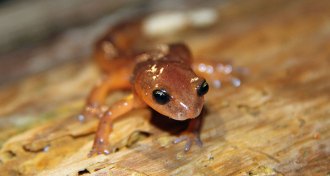 Animals
AnimalsSaving salamanders from amphibian killer may take extreme measures
Experience from lethal Bd fungus outbreak is helping researchers defend North America’s salamander paradise from new Bsal threat.
By Susan Milius -
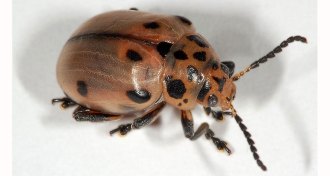 Animals
AnimalsAfrica’s poison arrow beetles are key in traditional hunting method
In the Kalahari of Namibia, some San people still hunt with a traditional method — arrows laced with poison taken from beetle larvae.
-
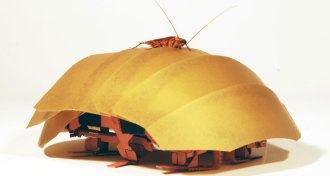 Tech
TechThis roach-inspired robot can wiggle through tight spaces
Cockroaches inspired a compressible, crevice-navigating robot.
-
 Animals
AnimalsWhite-tailed deer have their own form of malaria
The otherwise well-studied white-tailed deer turns out to carry the first malaria parasite discovered in any deer.
By Susan Milius -
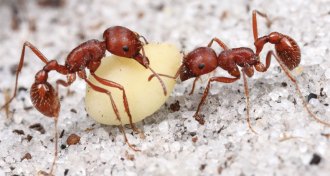 Animals
AnimalsHarvester ants are restless, enigmatic architects
Florida harvester ants dig complex, curly nests over, then leave and do it again.
By Susan Milius -
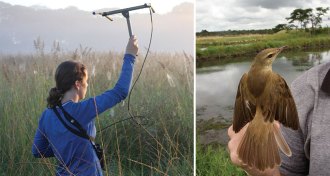 Animals
AnimalsWhy some birds sing elaborate songs in the winter
Several obvious hypotheses fail to explain why great reed warblers sing in winter.
By Susan Milius -
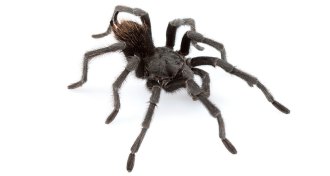 Animals
AnimalsMeet the tarantula in black
Named for Johnny Cash, a new species of tarantula makes its home in the shadow of Folsom Prison.
-
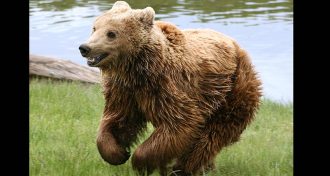 Animals
AnimalsMicrobes may help bears stay healthy when fat for hibernation
Brown bears fatten up for hibernation without suffering from weight-related problems. A new study shows that their gut microbes may help.
-
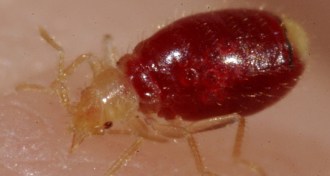 Genetics
GeneticsBedbug genome spills secrets of violence, weird sex
Maps of bedbugs’ genetic material reveal clues to their success.
-
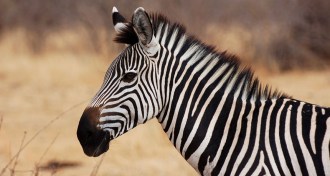 Animals
AnimalsPurpose of zebra stripes remains a mystery
Zebra stripes don’t help the animals disappear in the vision of predators, a new study finds.
-
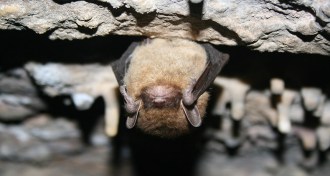 Animals
AnimalsBehavior, body size impact bats’ fight against white-nose syndrome
Behavioral and physical traits buffer some bats against white-nose syndrome while leaving others vulnerable.
-
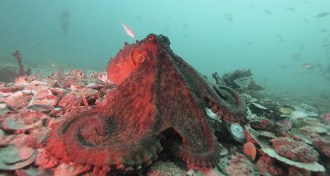 Animals
AnimalsSkin color changes reveal octopus drama
Shallow-water octopuses use changes in skin color to communicate aggression to their peers, study suggests.